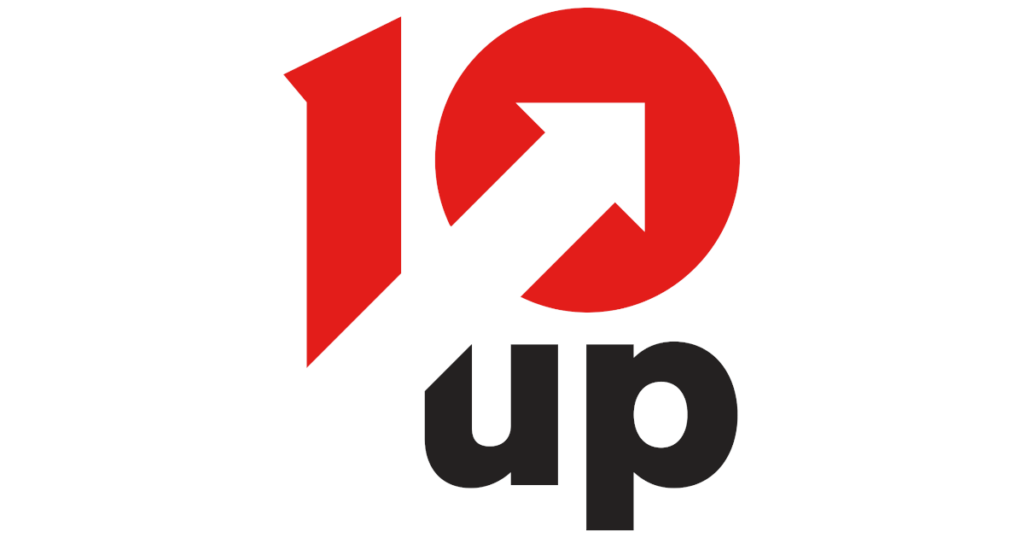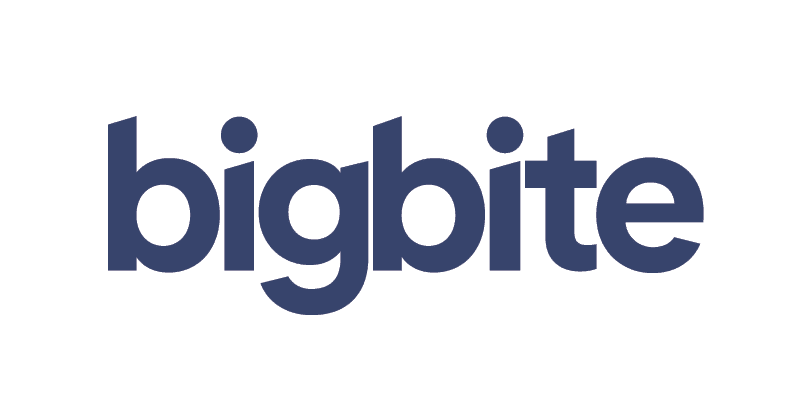THE STATE OF ENTERPRISE WORDPRESS SURVEY 2025
Building on the success of the 2023 and 2024 State of Enterprise WordPress (SOEWP) reports, we’re once again inviting major brands and publishers across the globe to share their insights, challenges and experiences with the world’s most widely used CMS.
From understanding the types of enterprise brands using WordPress to uncovering why they chose the platform to support business success, the 2025 survey will shine a light on critical factors shaping the enterprise WordPress ecosystem. Following insights from major brands and large-scale organisations including The Times, Macy’s, Princeton University and Amnesty International, SOEWP 2025 will dig deeper into the trends, strategies, and motivations behind WordPress adoption at scale.
If you’re part of an enterprise that’s currently leveraging WordPress, or a smaller brand with an enterprise-level WordPress solution, we’d love to capture your insights and opinions in our brief 2025 survey.
SUPPORTED BY
Sign up to be among the first to know when the State of Enterprise 2025 survey results are available.
For press enquiries, please contact marketing@bigbite.net
For all other enquiries, please contact hello@bigbite.net













